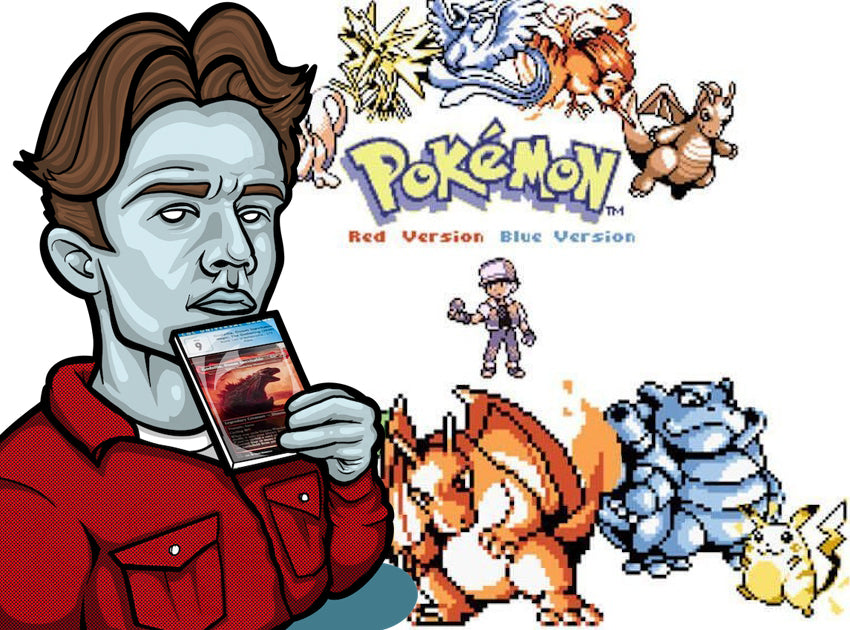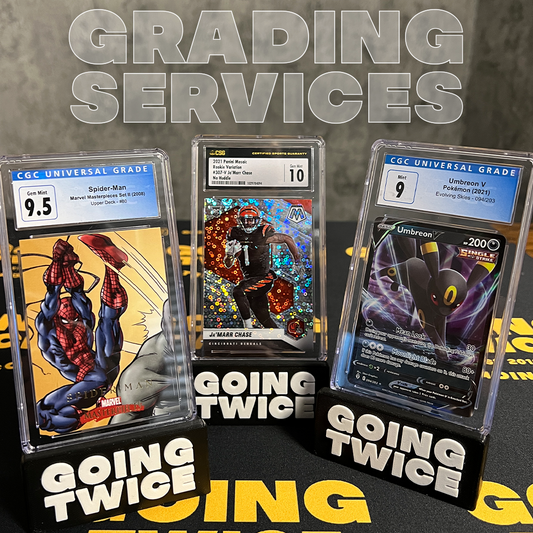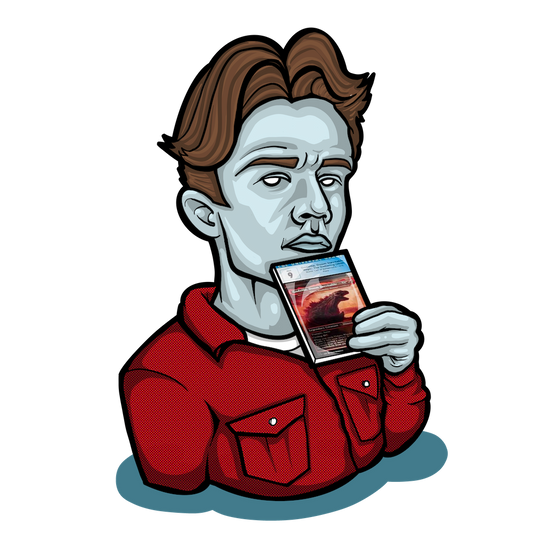For almost two months, I have been discussing the history of collecting, cards, and the companies that got us to where we are today in the modern collectibles market. Today, we begin the two part series on the TCG that has become a mainstay in any conversation about collecting: Pokemon.
Nowadays Pikachu is one of the most universally recognized characters across the globe, whether you collect the cards and play the games or haven’t ever touched a booster pack. It’s hard to believe that the entire franchise almost didn’t exist, but if it weren’t for a tireless effort on the part of the founders and early employees at Gamefreak and quite a bit of luck, Pikachu, Charizard, and the rest of the Pokemon universe would exist only in a pitch book collecting dust on Satoshi Tajiri’s shelf.
 Satoshi Tajiri was born in August of 1965 in Machida, a suburb of Tokyo. At this time, Tokyo wasn’t quite the sprawling metropolis it is today and the suburbs still had ponds, streams, and woods to play around in. I don’t bring this up for no reason, as this connection to nature would be the seed that would grow into what became Pokemon. How? Well, lSatoshi Tajiri had a nickname growing up, Dr. Bug, because of his fascination with the critters that crawled around under rocks, in trees, and the edges of ponds. Satoshi collected various specimens and began to come up with the most effective ways to track and find certain insects, becoming quite the educated hunter of the six legged kingdom. However as time went on, the trees disappeared, and the pond Satoshi would frequent was paved over and replaced with an arcade. This changed everything for Satoshi, who went from being obsessed with the outdoors to skipping school so he could continue mastering the various games at the new arcade. By the late 1970’s, Satoshi had begun thinking up games of his own, and in 1981 he won a game design competition hosted by SEGA. Clearly, even at a young age, Satoshi really knew what he was doing. Unfortunately, he felt that not a lot of other people did. The video game space was relatively new, and Satoshi found there was not adequate literature about the subject available to the general public. Not one to see an opportunity and not take it, Satoshi began writing GAME FREAK (his nickname due to what he spent all his free time doing) magazine in 1982 at only 17 years old. Every issue was hand written and photocopied before being stapled together to make the final product. This worked for awhile, until his issue featuring how to get a high score on a popular video game went, as we would say today, “viral”. He sold 10,000 issues and realized he would need some support, so he took GAME FREAK to a publisher to help reprint the issue.
Satoshi Tajiri was born in August of 1965 in Machida, a suburb of Tokyo. At this time, Tokyo wasn’t quite the sprawling metropolis it is today and the suburbs still had ponds, streams, and woods to play around in. I don’t bring this up for no reason, as this connection to nature would be the seed that would grow into what became Pokemon. How? Well, lSatoshi Tajiri had a nickname growing up, Dr. Bug, because of his fascination with the critters that crawled around under rocks, in trees, and the edges of ponds. Satoshi collected various specimens and began to come up with the most effective ways to track and find certain insects, becoming quite the educated hunter of the six legged kingdom. However as time went on, the trees disappeared, and the pond Satoshi would frequent was paved over and replaced with an arcade. This changed everything for Satoshi, who went from being obsessed with the outdoors to skipping school so he could continue mastering the various games at the new arcade. By the late 1970’s, Satoshi had begun thinking up games of his own, and in 1981 he won a game design competition hosted by SEGA. Clearly, even at a young age, Satoshi really knew what he was doing. Unfortunately, he felt that not a lot of other people did. The video game space was relatively new, and Satoshi found there was not adequate literature about the subject available to the general public. Not one to see an opportunity and not take it, Satoshi began writing GAME FREAK (his nickname due to what he spent all his free time doing) magazine in 1982 at only 17 years old. Every issue was hand written and photocopied before being stapled together to make the final product. This worked for awhile, until his issue featuring how to get a high score on a popular video game went, as we would say today, “viral”. He sold 10,000 issues and realized he would need some support, so he took GAME FREAK to a publisher to help reprint the issue.


Now all this is a fun back story, but the title of the article says that Pokemon almost DIDN’t happen, and it’s time to turn our attention to where Pokemon first started and the arduous process of making the game that would define childhood for many across the globe. In the 1980’s there wasn’t much in the way of schooling for how to code a video game. Like many others around this time, Satoshi was self taught, taking apart the Nintendo NES to learn how to code his own video game. He got his first game ready to be published in 1987, titled “Quinty” or “Mendel Palace” in North America. Sugimori had done the character design for the puzzle game, but unfortunately nobody wanted to work with Satoshi as he was just an individual and not an actual company. This led him to found GameFreak, named after the magazine, alongside Ken Sugimori and Junichi Masuda in 1989 and get Quinty published by Namco for the NES. More importantly, another huge piece of gaming history was also released in 1989: the Game Boy. This portable player allowed kids to meet up and play games together and it was after watching to kids link their Game Boys together with a cord that got Satoshi thinking…what if there was a game based around trade? He pictured the insects he loved so much as a boy crawling from one console to the other, a concept that would later become realized for trading Pokemon via the game link cable.
And so Satoshi, Sugimori, and Masuda began work on Capumon, or “Capsule Monsters”. The game was inspired by the late 60’s spinoff of Ultraman, “Ultraseven”, where the protagonist Dan Moroboshi would use 7 different monsters locked in “monster balls” to fight off alien invaders. While Pokemon expanded well beyond 7 monsters, the monster ball idea became a core component to how the world of Capumon worked. Capumon was pitched to Nintendo in 1990, and sketches from this original pitch book show “monsters” that are recognizable as early forms of the Pokemon they would become later. As excited as I was to go through these early drawings, Nintendo didn’t feel the same way, and did not understand the original concept that was pitched by Satoshi. To be fair, the capture and trading aspects of the game were very new and unlike any other games that were already released, and Nintendo would definitely have been taking a risk paying to develop this new game any further. And chances are, they simply wouldn't have done it, if it weren’t for Shigeru Miyamoto.
This is where luck was definitely on Game Freak’s side. Miyamoto had played their first release, Quinty, and enjoyed the game very much. However, one man enjoying a game you made surely isn't enough to sway the opinion of an entire company like Nintendo, right? Well, if the man in question made Mario, Pikmin, Zelda, and Donkey Kong…then yea it probably is enough. Miyamoto is that guy, and held considerable sway at Nintendo after supplying multiple successes over the years. He took Satoshi under his tutelage and convinced Nintendo to bring on Game Freak to help develop Capumon and other projects Nintendo needed working on as well. This was a massive break but this was only the first of many tests Game Freak would have to undergo before Pokemon finally hit the shelves in 1995, which is where we will pick back up next week for part 2 of Pokemon, and how it ALMOST didn’t happen. Have a great week!




